When Predicting Less Leaves Room for More
The recently released forecast portends a dwindling Lake Mead.
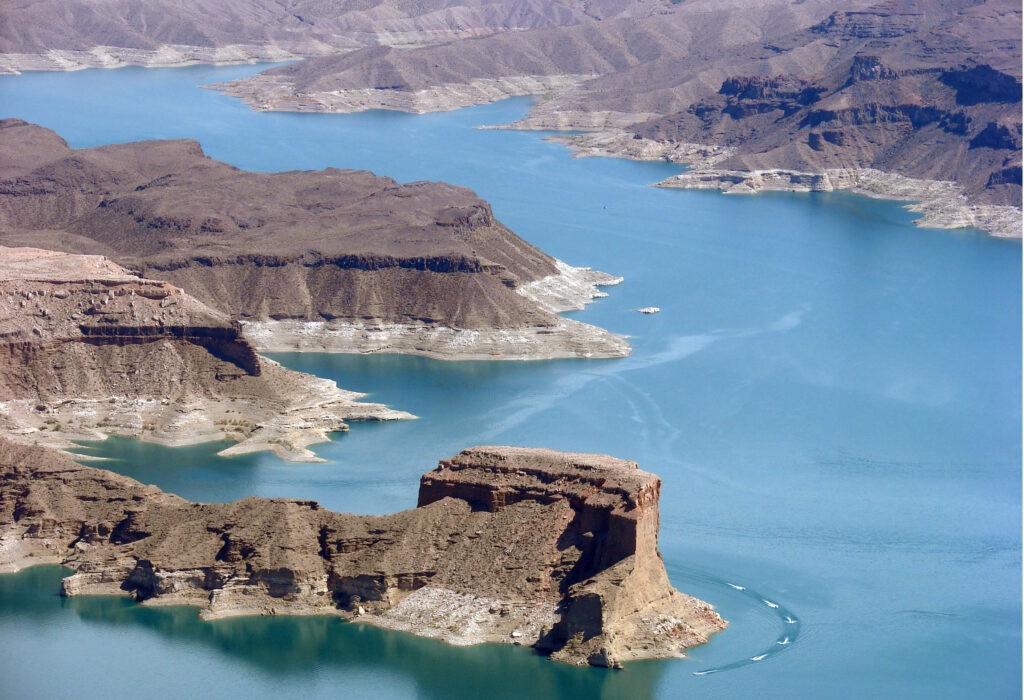
When the Bureau of Reclamation (BOR) released their standard 24-month study in April 2021, the reaction from media was swift: this is bad news. These regular forecasts project factors of water management—like inflow, releases, power generation and storage levels—for the Colorado basin, and the forecast’s “most probably” model predicts two back-to-back years of 7.48-million-acre-feet releases from Powell. According to John Fleck’s recent transmission, the last time there was a release that low in 2014, Lake Mead dropped 25 feet. And that was just one year. Now, the BOR is anticipating two years in a row.
It is, of course, worth noting that these warnings are not new. Scientists, non-profits, and concerned citizens have been sounding the alarm for decades, ringing that the compounding impacts of demand, over-allocation, and climate change will stress an already overstressed resource. And the predictions of shortfalls in deliveries to Mead aren’t altogether “new”, either. Resource managers have been predicting potential shortages in 2022. The projected shortfalls extending into 2023 is a bit more alarming.
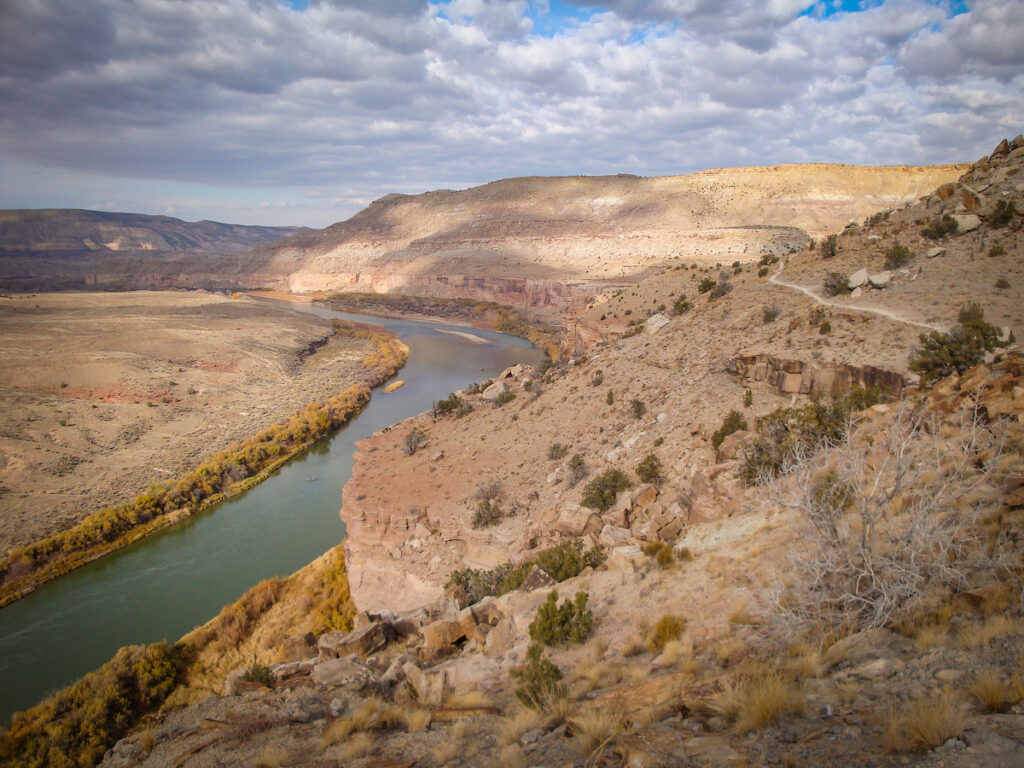
What is perhaps most alarming, as Eric Kuhn flags in his recent post, is that “the assumptions underlying the study do not fully capture the climate-change driven aridification of the Colorado River Basin.” What we’re seeing is a pattern on repeat: the models show a shortage, but the models may well be too generous.
When it comes to less water in the Colorado and the predicted shortages, the Central Arizona Project (CAP) in Arizona will receive some of the first and most drastic cuts. The recently released forecast portends a dwindling Lake Mead, so much so that not just farmers will see a cut in their water supplies from the Colorado River.
While the warning itself may not be a surprise, it remains astonishing that we have ignored, and even more astonishing if we continue to ignore, the ramifications of these kinds of shortages and cutbacks, and the likelihood of their increased frequency should we choose to ignore them. During this nascent stage of negotiations for the 2026 interim guidelines, the most pertinent thing to draw attention to seems to be our inclination to underestimate the shortages that scientists fear the Colorado River will face.
At its core, the concern is about whether we’re facing drought or aridification. If the latter, even the studies incorporated in the BOR forecast that were considered “minimum probable”—the least available water— may be more probable than we’re giving them credence for. And, many scientists make the case that drought, or even megadrought, is no longer the most accurate term for what we’re experiencing. Instead, they argue that we’re in the midst of a more permanent shift to a hotter, drier climate with less available water.
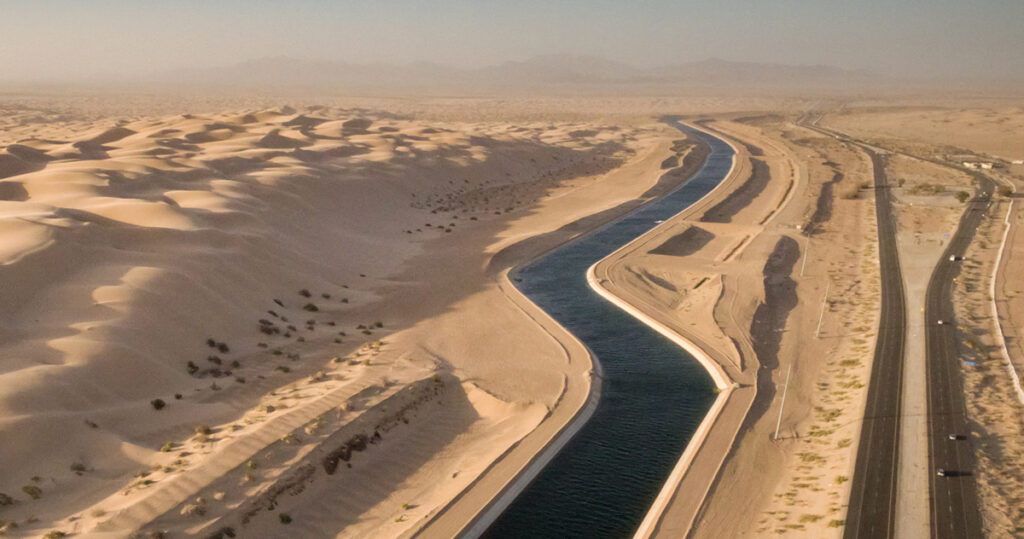
Not to be conflated with science, it’s also important that we not ignore the very things we’re seeing and experiencing in the increasingly arid Southwest. We’ve all felt our eyes red and burning from smoke-ridden air. The soil on trails we walk or run or bike or wander is moved immediately to dust on impact, and it clouds around us. The wind, another potential byproduct of a changing climate, partners with the heat to extract any remnant moisture from a wimpy snowpack from the soil. Our rivers trickle. They dry up. We are witnessing these changes.
So what if the science is wrong? What if we prepare for aridification and less water only to discover that, folly on the scientists! We have bountiful water. What if instead of enforcing cuts, we were able to deliver more water than people had anticipated, because we had been conservative in our estimates. This is unlikely, but not impossible to imagine. What are hard to imagine—though it’s the path we’re on—are the dire consequences of over-promising and under-delivering a resource that not just humans, but that the very marrow of life depends on.


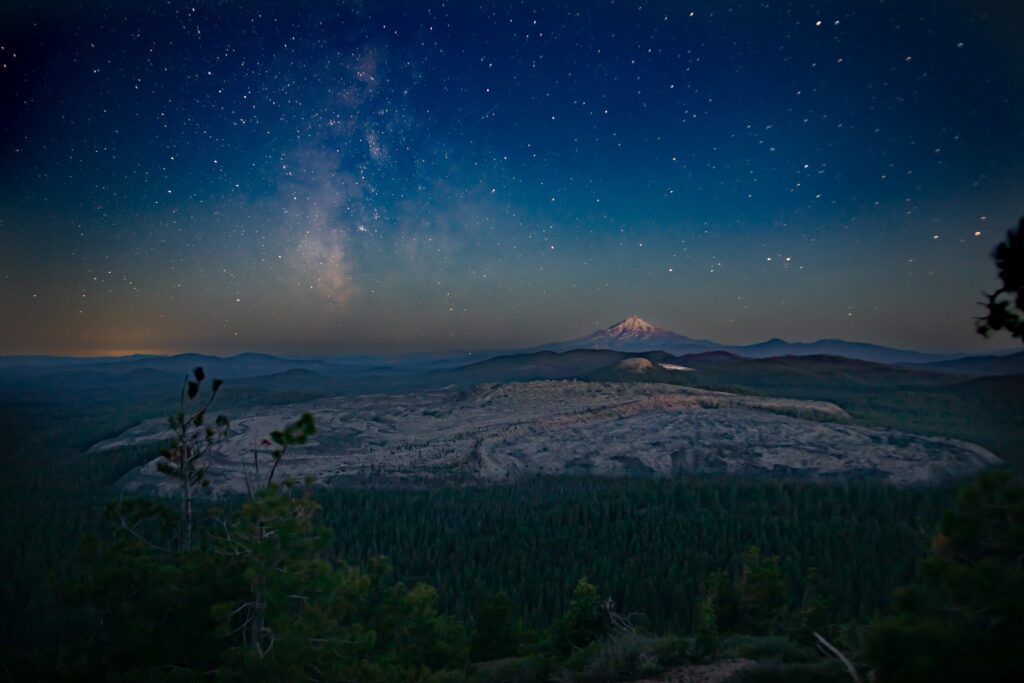
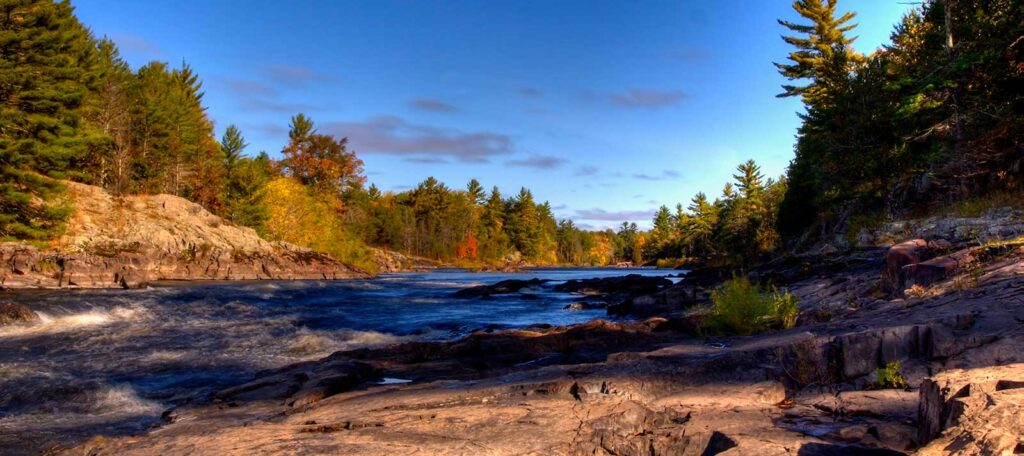
1 response to “When Predicting Less Leaves Room for More”
I think action needs to be taken now. I think we need to make drastic changes now, not later. Ban on swimming pools and watering grass and plants. People made a choice to live in the desert and should only have native plants in there yard. I witness water waste every day make